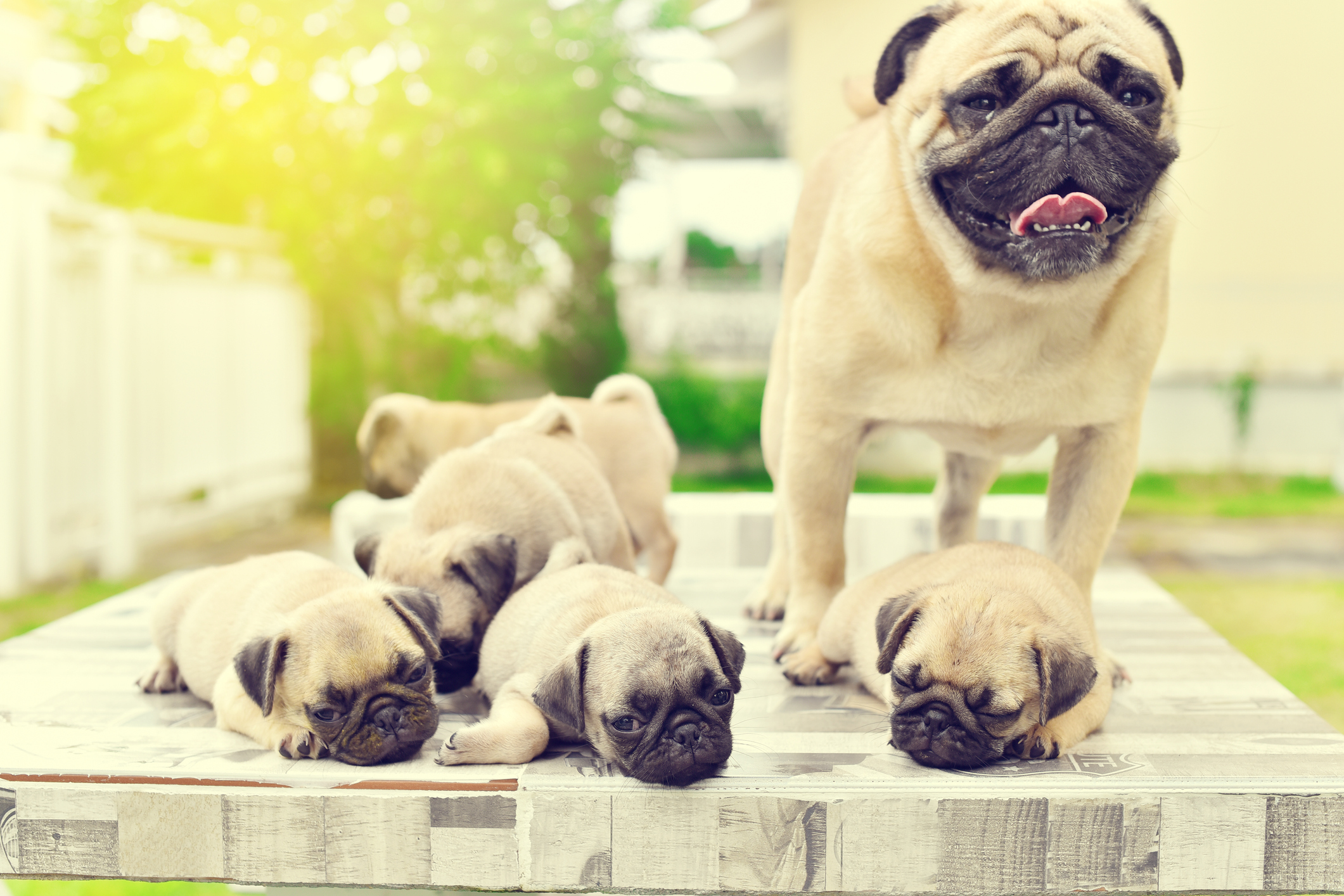
Do Dogs Experience Menopause?
If you have a female dog who isn’t spayed, you’re probably familiar with the fact that she goes through a reproductive cycle, which dictates her fertility and her ability to produce puppies. This cycle is somewhat similar to a woman’s, although there are some notable differences.
One major difference has to do with the ability to reproduce throughout their entire lives. Women eventually reach an age when their ovaries stop producing estrogen, and they are unable to have babies. This is called menopause. Given the fact that dogs have similar hormones and have their own reproductive cycles, it’s natural to wonder whether dogs go through a similar transition to menopause. Here’s what you should know.
Understanding a dog’s estrous cycle
In order to understand dogs and their potential menopause, you must understand how their reproductive cycles work. Most dogs begin their first estrous cycle at around six months of age.
Your dog’s reproductive cycle looks different than a human’s on a month-to-month basis. Unlike a human’s, a dog’s cycle fluctuates over the course of a few months—not every month. The length of the heat cycle and the time between cycles is largely determined by the breed, but most dogs cycle approximately every six months.
- When a dog goes into what is called “heat,” her estrogen levels rise in preparation for ovulation. During this first portion of the cycle, your dog may produce bloody discharge. This can last for several weeks.
- After this period, your pup is ready to mate. Hormones fluctuate more—this time, progesterone rises, and estrogen decreases in preparation for pregnancy. This can also last for several weeks.
- Finally, estrogen decreases back to its usual levels while progesterone remains high. If the dog has not become pregnant, her progesterone levers will eventually lower back to normal after a short “false pregnancy.” She will go into heat again a few months later.
Throughout this cycle, your dog may exhibit some behavioral changes, including “nesting” behavior, being more territorial and appearing restless. She may try to escape the home in search of male dogs to impregnate her, and she might sleep and urinate more frequently.
When your dog is in the first stage of her cycle, when her estrogen levels rise and she has bloody discharge, you may want to use reusable or disposable dog diapers. Some dogs bleed more than others, so it’s a good idea to keep an eye on your pup if she isn’t spayed to mitigate any messes.

Dogs and menopause
Menopause occurs when a woman’s reproductive cycle stops, and she no longer menstruates. This marks the end of her ability to produce a child. Dogs do not go through menopause like humans do.
Experts believe that intact female dogs continue to go into heat on a routine basis for their entire lives, and older dogs are still capable of reproducing. When comparing human years to dog years, this means that the equivalent of an 80-year-old dog (or even older!) can have a litter of puppies!

Although dogs do not experience menopause and can, theoretically, reproduce until the end of their lives, this does not mean that they are fertile their entire lives. The older your dog gets, the less fertile she becomes and the less likely it will be that she carries out a healthy and safe pregnancy. This is merely due to age. As the body breaks down and becomes less efficient, dogs have a more difficult time reproducing. Both the puppies and the mother have higher risks of health complications the older the mother is when she gives birth.
It is not normal for dogs to stop going through their heat cycle unless they have been spayed. If an un-spayed dog stops cycling entirely in old age, she may be suffering from a health problem that is disrupting her hormone production. However, estrous cycles can become more irregular and further apart in older dogs, so it’s possible that your dog only has one cycle a year instead of two or more.
Spaying your pup is a smart choice
Although a dog can experience reproductive cycles and have puppies throughout her entire life, it may not be in her best interest. Instead, if you’ve recently adopted a dog, it’s a good idea to get her spayed.
There are numerous benefits to spaying your furry friend. For starters, it mitigates the potential for an unwanted pregnancy (or multiple, since dogs can reproduce faster than humans!). This can reduce the overpopulation of stray dogs around the world and reduce unwanted vet costs.
Additionally, your dog may benefit from a longer and happier life after being spayed. On average, spayed dogs live longer than un-spayed dogs do. Having your dog fixed before her first or second heat cycle can also drastically reduce her risk for mammary cancer and other health problems.
Whether or not you have your dog fixed, the best place to turn with questions about your dog’s reproductive cycle and the changes that may come with it is your vet. They will be able to understand and help you navigate your pup’s cycle to help her maintain optimal health.


